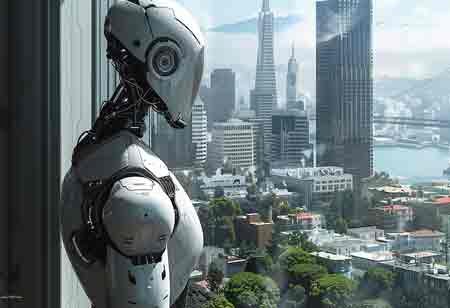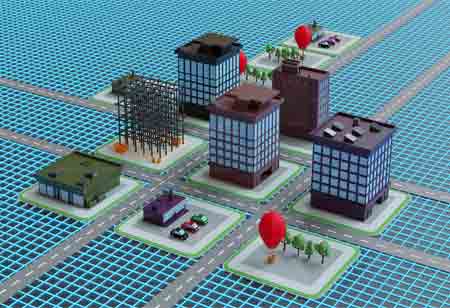Thank you for Subscribing to Gov Business Review Weekly Brief
Unlocking the Future: AI Urbanism Innovations Explained
Incorporating artificial intelligence into urban planning and the administration of intelligent cities presents numerous benefits. This article discusses several of the benefits of AI urbanism.

By
Gov Business Review | Wednesday, November 19, 2025
Stay ahead of the industry with exclusive feature stories on the top companies, expert insights and the latest news delivered straight to your inbox. Subscribe today.
Fremont, CA: The increasing population has posed significant challenges to governments and urban development professionals in urban planning and development, making it challenging to forecast future requirements and their associated complexities.
The emergence of Artificial Intelligence (AI) technology has dramatically enhanced urban planning and development. For example, by utilizing Machine Learning (ML) techniques, urban planners can examine extensive historical datasets to anticipate future urban development trends and recognize potential obstacles.
The Perks of AI Urbanism
Incorporating artificial intelligence in urban planning and the management of smart cities offers numerous advantages. For example, various challenges related to contemporary city planning can be alleviated by applying AI to develop intelligent infrastructure.
Smart Infrastructure:
• Intelligent Waste Management involves deploying Internet of Things (IoT) sensors in public trash receptacles to monitor their capacity and determine when they need emptying.
• Advanced Traffic Management Systems utilize artificial intelligence algorithms to evaluate real-time data from various sources, including sensors, GPS devices, and traffic cameras. This enables the prediction of congestion and the optimization of traffic flow.
• Air Quality Monitoring can be enhanced by installing numerous sensors throughout urban areas. For instance, researchers in Barcelona have developed an AI model that employs machine learning techniques to identify urban zones with elevated levels of nitrogen dioxide (NO2).
• Street Lighting: AI-driven street lighting systems can modify their illumination levels based on several factors, including periods of inactivity and ambient light conditions.
Machine learning methods can be utilized to address various challenges in urban planning. One of the most prominent applications includes using machine learning algorithms to examine satellite imagery to identify and map multiple land-use and land-cover categories in urban environments. This methodology employs advanced algorithms that autonomously classify and interpret satellite images, enabling the delineation of features such as vegetation, water bodies, and constructed areas.
Better Public Services:
AI-driven chatbots can offer citizens round-the-clock assistance, thereby enhancing their overall convenience. For instance, individuals can inquire about public transportation options and traffic conditions, schedule appointments with municipal representatives, or obtain details regarding the operating hours of various public services.
Predictive Capabilities:
Machine learning technologies can model the prospective growth of urban areas before it occurs, enabling the prediction of necessary infrastructure, including roads, electricity, green spaces, parking facilities, and various public utilities, over time.
More in News






